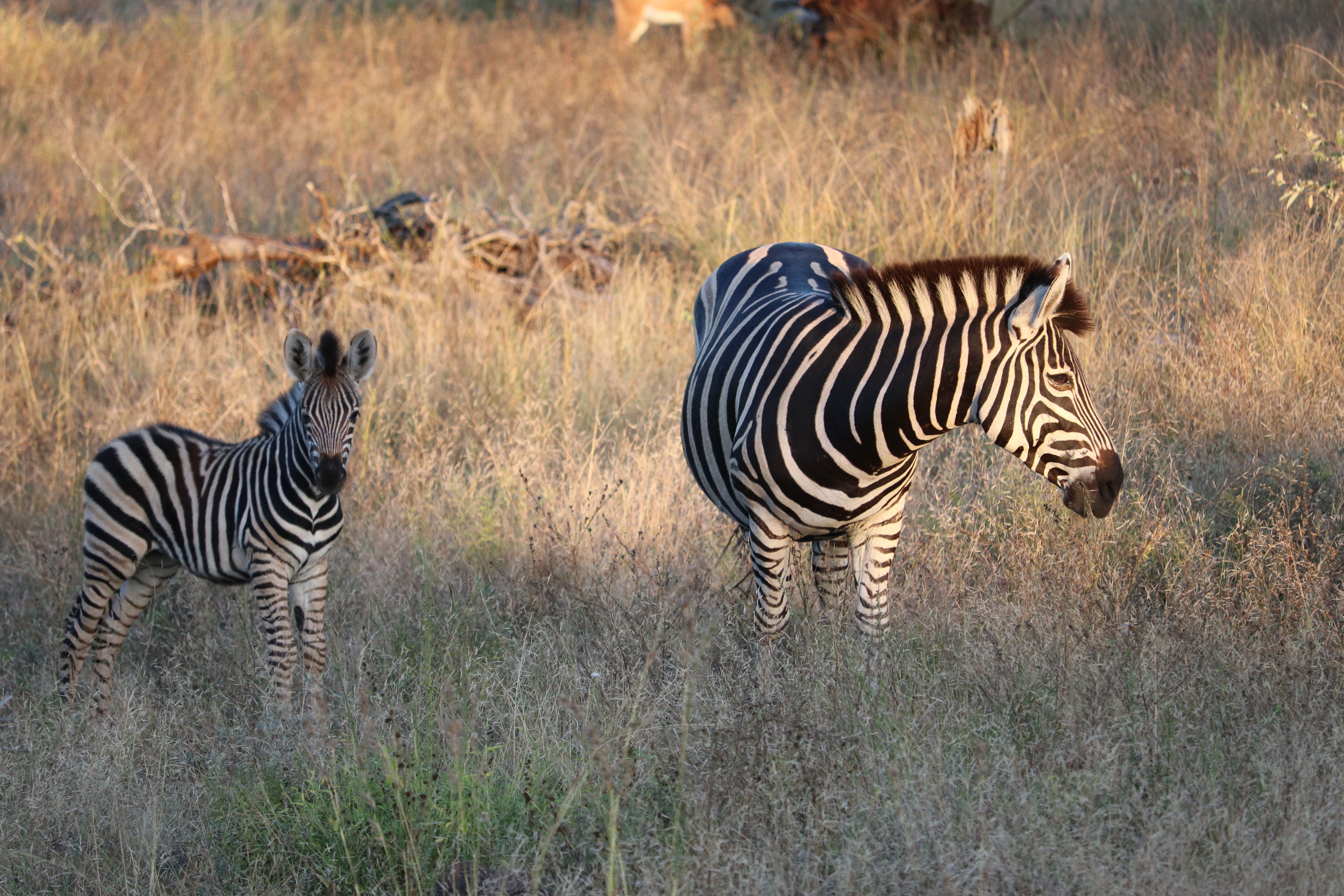PHOTOGRAPHY
 Monday, October 23, 2023 at 12:00PM
Monday, October 23, 2023 at 12:00PM Submitted by Mallory Swanson, University of Tennessee

 Photography,
Photography,  wildlife in
wildlife in  Photography
Photography  Monday, October 23, 2023 at 12:00PM
Monday, October 23, 2023 at 12:00PM Submitted by Mallory Swanson, University of Tennessee

 Share this Post | Comments Off
Share this Post | Comments Off  Photography,
Photography,  wildlife in
wildlife in  Photography
Photography  Friday, October 20, 2023 at 12:00PM
Friday, October 20, 2023 at 12:00PM Submitted by Samantha Hicks, Texas A&M University

 Share this Post | Comments Off
Share this Post | Comments Off  abstract,
abstract,  research in
research in  Cases/Abstracts
Cases/Abstracts  Wednesday, October 18, 2023 at 12:00PM
Wednesday, October 18, 2023 at 12:00PM Submitted by Katie Taylor, Louisiana State University

 Share this Post | Comments Off
Share this Post | Comments Off  cutest pet in
cutest pet in  Cutest Pet
Cutest Pet  Monday, October 16, 2023 at 12:00PM
Monday, October 16, 2023 at 12:00PM
Submitted by Alex Marsh, Virginia-Maryland CVM
 When I started undergrad, I knew I wanted to be a veterinarian. However, I quickly learned that I was extremely interested in research as well. Summer 2018, I attended a study abroad to Peru. During the trip I conducted a three-day mini research project in the Amazon on reptiles and amphibians. This small project created an opportunity for spending 72 days during summer 2019 conducting research on the same project. I went twice more as an undergraduate, continuing the study and helping new students with their own projects like camera trap and fish biodiversity studies. After starting vet school in fall 2022, I thought my Peru research expeditions were over. However, an unexpected conversation with Virginia Tech’s parasitologist, Dr. Roger Ramirez-Barrios changed my mind. He told me that he wanted to send me to Peru again, but this time investigating ticks, mites, and hematoparasites in snakes.
When I started undergrad, I knew I wanted to be a veterinarian. However, I quickly learned that I was extremely interested in research as well. Summer 2018, I attended a study abroad to Peru. During the trip I conducted a three-day mini research project in the Amazon on reptiles and amphibians. This small project created an opportunity for spending 72 days during summer 2019 conducting research on the same project. I went twice more as an undergraduate, continuing the study and helping new students with their own projects like camera trap and fish biodiversity studies. After starting vet school in fall 2022, I thought my Peru research expeditions were over. However, an unexpected conversation with Virginia Tech’s parasitologist, Dr. Roger Ramirez-Barrios changed my mind. He told me that he wanted to send me to Peru again, but this time investigating ticks, mites, and hematoparasites in snakes.
 Dr. Ramirez-Barrios sent me and another veterinary student to conduct research during the summer of 2023. This project will impact how we understand snakes as parasite reservoirs of domestic animals and humas in the Peruvian Amazon. The topic of parasitology and the skills needed to perform blood draws on snakes make veterinary students like myself perfectly suited for this research. As more people continue to expand into the rainforest our research will become vital in understanding wildlife-domestic animal parasite interactions as well as learning novel information about snake and parasite interactions.
Dr. Ramirez-Barrios sent me and another veterinary student to conduct research during the summer of 2023. This project will impact how we understand snakes as parasite reservoirs of domestic animals and humas in the Peruvian Amazon. The topic of parasitology and the skills needed to perform blood draws on snakes make veterinary students like myself perfectly suited for this research. As more people continue to expand into the rainforest our research will become vital in understanding wildlife-domestic animal parasite interactions as well as learning novel information about snake and parasite interactions.
My combined experiences during undergraduate and veterinary school made me realize the potential for research as a veterinarian. I always thought that the research I was interested in and the veterinary career I dreamed of pursuing would be separate parts of my life, but I now know they can coexist together. Having this newfound knowledge about combining research and veterinary medicine, I think my already unique path to becoming a veterinarian has changed. I am currently planning more trips back to the Amazon to conduct follow up research for the project and I cannot see a future where I am not involved in the current study we are doing. I plan on expanding this project to include other facets of wildlife parasitology and eventually will include domestic animal parasites from animals in pastures adjacent to our research stations.
 Share this Post | Comments Off
Share this Post | Comments Off  Friday, October 13, 2023 at 12:00PM
Friday, October 13, 2023 at 12:00PM Submitted by Courtney Hegwer, Long Island Univeristy

 Share this Post | Comments Off
Share this Post | Comments Off